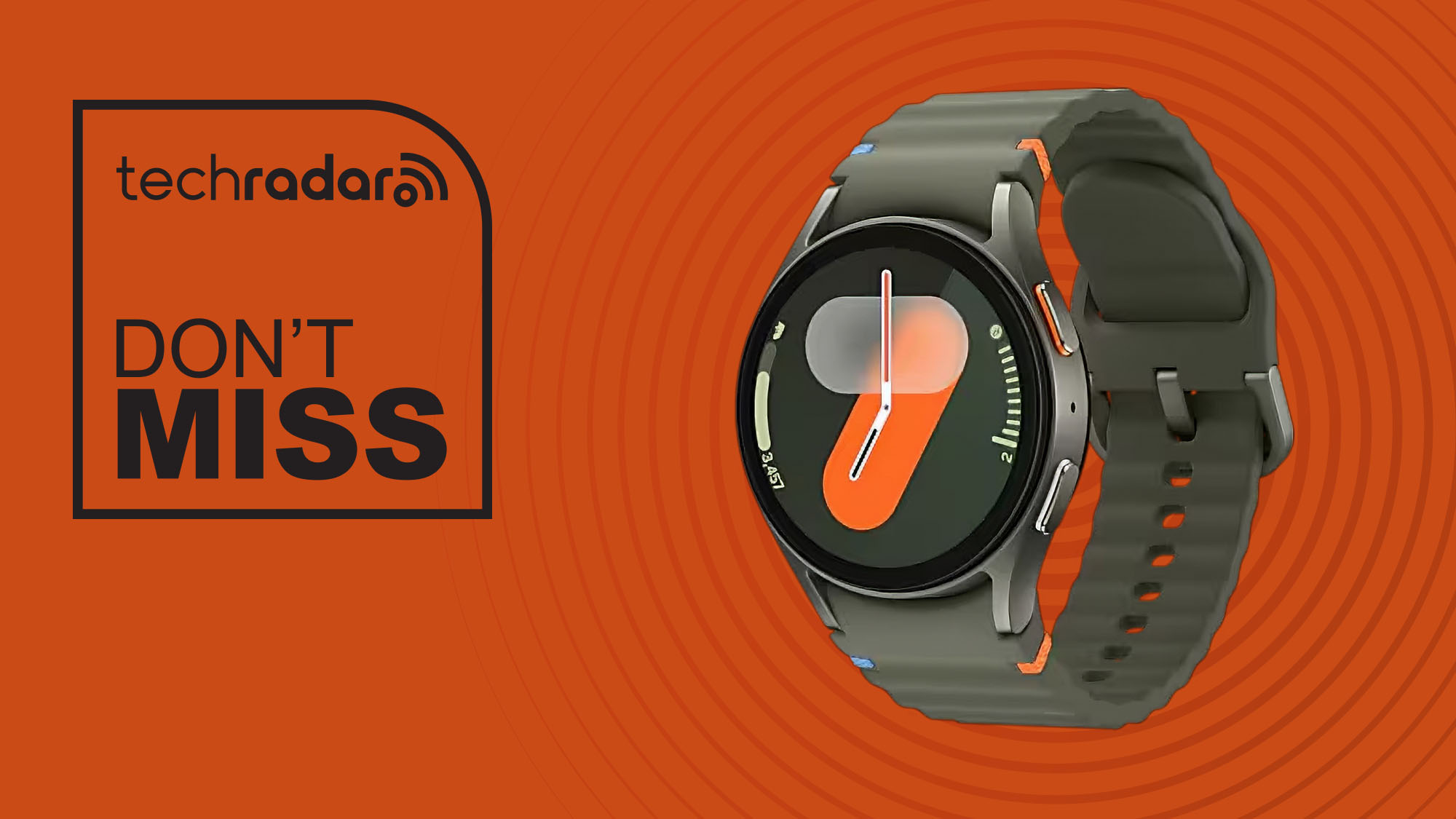The landscape of personal wellness is rapidly evolving. Connected fitness hardware is moving from a niche market to a mainstream phenomenon. Consumers are increasingly seeking integrated experiences that blend the physical and digital realms.
Guy Bar, a globally recognized entrepreneur and visionary product innovator, stands at the forefront of this shift. As the founder and CEO of Argox and Habeats by Hygear, he has redefined the intersection of technology and physical performance through groundbreaking smart fitness products. His strategic success in omni-channel retail adoption is notably exemplified by Hygear’s partnerships with major retailers like Best Buy and Dick’s Sporting Goods.
These collaborations featured Hygear’s connected fitness devices prominently in both physical stores and online platforms. Guy Bar focused on integrating in-store demonstrations with the HyfitGear App’s personalized coaching features, aiming to provide a seamless customer experience across channels.
This approach not only boosted Hygear’s visibility and global reach but also fostered long-term customer engagement. It turned initial interactions into sustained online subscriptions and drove the widespread adoption of connected fitness technology.
Guy Bar is a pioneer in AI-powered fitness technology, with its ventures leaving a footprint in over 30 countries. His leadership has been instrumental in transforming these ventures into industry-leading brands celebrated at major global fitness and tech events. He played a key role in launching smart resistance training tools now used by elite athletes, rehabilitation professionals, and everyday consumers seeking high-performance outcomes.
His companies have secured strategic partnerships with premier retailers and have raised over $1 million in revenue, proving their market viability and international appeal. Beyond fitness, Guy Bar also brings deep expertise in strategic business development, investment negotiation, and scaling operations across multiple industries. He serves as Chief Strategy Officer at Afik Group, where he drives corporate growth and cross-sector innovation.
Fluent in English and Hebrew, Guy Bar is not only a serial entrepreneur but also a respected thought leader shaping the future of fitness technology and smart wellness on a global scale. His work with Hygear, often highlighted in publications like iMore and Garage Gym Reviews, underscores his impact.
The connected fitness industry has seen exponential growth, particularly as consumers demand more personalized and accessible workout solutions. This market, which includes smart exercise equipment, wearables, and fitness apps, thrives on innovation and the ability to meet users where they are. Omni-channel retail—providing a unified customer experience across online and offline touchpoints—has become crucial.
For brands like Hygear, this means not just selling a product, but offering an ecosystem that supports the user’s fitness journey comprehensively. This support extends from initial purchase through to daily engagement and long-term results. The challenge and opportunity lie in seamlessly blending the convenience of e-commerce with the tangible benefits of physical retail and the continuous engagement of a digital platform.
Retail Partnership Motivations
The decision to collaborate with established retail giants was a strategic move for Hygear. It aimed at accelerating market penetration and building brand legitimacy in the competitive connected fitness sector. For Guy Bar, these partnerships were pivotal in democratizing access to smart fitness technologies.
He explains, “At Hygear, our mission has always been to democratize smart, personalized fitness to everyone—anywhere, anytime. To achieve that, we needed to reach people not just online, but where they already shop.” This philosophy underscores the drive to make sophisticated fitness solutions more mainstream.
The impact of aligning with names like Best Buy and Dick’s Sporting Goods extended beyond mere distribution. “Partnering with retail giants like Best Buy and Dick’s Sporting Goods gave us instant credibility and nationwide reach,” Guy Bar notes. “These partnerships allowed us to bring connected fitness out of the niche tech and wellness circles and into the mainstream.”
He further emphasizes the significance of this validation: “For me, it wasn’t just about distribution—it was about validation. It signaled that our innovation was not only technologically advanced but also commercially viable and in demand.”
This recognition from major retailers provided a powerful platform for Hygear to scale its vision globally, confirming that the market was ready for its advanced yet accessible fitness solutions. The presence in such stores can significantly boost consumer trust and perceived product quality.
Online Retail Integration and Challenges
Hygear’s strategy for its partnerships with Best Buy and Dick’s Sporting Goods was decisively focused on leveraging the power of e-commerce. Guy Bar recognized the efficiency and scalability of online channels from the outset.
“Our partnerships with Best Buy and Dick’s Sporting Goods were focused entirely on online distribution,” he states. “From the start, we recognized that e-commerce was the fastest path to scale and reach.”
This digital-first approach meant concentrating efforts on optimizing the online presentation of Hygear’s offerings. It avoided heavy investment in physical retail displays.
The primary challenge lay in translating a highly interactive, technology-driven product into a compelling online narrative. This was especially true without the benefit of in-person demonstrations.
Guy Bar elaborates on this hurdle: “The main challenge was to bring a highly interactive, tech-driven product into a compelling online offering. We had to rethink how to educate and engage customers without in-person demos—so we leaned heavily on video content, app walkthroughs, and user testimonials to bring the technology to life online.”
This reliance on rich digital content was crucial for conveying the value and functionality of Hygear’s connected fitness experience through platforms like Best Buy Canada’s blog, where the product was featured. Effectively educating consumers online about complex products is a common challenge, as highlighted by discussions on marketing complex products and startup failure.
App-Enhanced Customer Experience
Even with an exclusively online sales strategy through major retailers, the HYGEAR App was central to delivering a rich and engaging customer experience. Guy Bar emphasizes the app’s transformative role: “While our sales with Best Buy and Dick’s Sporting Goods were exclusively online, the HYGEAR App played a key role in bringing the customer experience. It transformed our equipment from a static product into a smart, interactive fitness solution.” This transformation was key to user adoption and long-term engagement.
The app’s personalized coaching features were instrumental in enhancing this experience. It provided users with tailored guidance and real-time feedback. “Personalized coaching, real-time feedback, and adaptive workout plans helped users stay engaged and see faster results,” Guy Bar explains.
He further highlights the competitive advantage this offered: “This level of customization not only improved retention but also helped us stand out in a crowded market, giving customers a connected experience that felt tailored to their goals from day one.” The focus on a personalized journey, as detailed in reviews of the Hyfit Gear 1 Home Gym System, helped bridge the gap often felt in purely online transactions for experiential products. The ability of fitness apps to offer personalized plans is a significant factor in the growth of the fitness app market.
Customer Journey Consistency and Loyalty
Maintaining a consistent customer journey was paramount for Hygear, especially given its digital sales focus. This consistency spanned every interaction point. It started from the initial product discovery on retail partner websites to the unboxing experience and subsequent engagement with the app.
Guy Bar underscores this holistic approach: “Since our sales were digital, consistency meant aligning every part of the online journey—from product pages to unboxing to the in-app experience. We focused on clear messaging, seamless onboarding, and personalized app features that deliver immediate value.”
This commitment to a cohesive experience directly impacts user trust and long-term engagement. “This consistency builds trust, reduces friction, and keeps users engaged over time,” Guy Bar states.
He connects this to tangible outcomes: “When customers feel supported and see real results, it drives both loyalty and long-term retention.” Research consistently shows that a consistent customer journey is a key driver of customer satisfaction and loyalty statistics. For a technology-driven product like Hygear, ensuring that the digital touchpoints are intuitive and supportive is crucial for building lasting customer relationships.
Omni-Channel’s Role in Fitness Success
Guy Bar firmly believes in the strategic importance of omni-channel approaches for success in the competitive connected fitness market. While Hygear’s initial retail partnerships were digitally focused, the broader vision encompasses meeting users across various platforms. “Omni-channel strategies are key for building integrity and visibility in a competitive space like connected fitness,” he asserts.
“Even though Hygear focused on digital sales, partnering with major retailers gave us brand credibility and access to a broader audience.” This highlights the multifaceted benefits of an omni-channel presence, extending beyond direct sales to brand building.
The long-term vision for Hygear involves a flexible and user-centric approach to distribution and engagement. Guy Bar elaborates, “Long-term, success depends on meeting users wherever they are—whether that’s online, in-app, or through future retail experiences. The key is delivering a consistent, high-value experience across every channel, so the brand feels unified and user-focused at every touchpoint.”
This perspective aligns with broader trends in omnichannel fitness marketing, where a seamless integration of channels is essential for reaching and retaining customers in a digital-first world. The ability to provide a cohesive experience across channels is a hallmark of successful omnichannel marketing strategies.
Evaluating Strategy and KPIs
Given Hygear’s digital-first strategy with its retail partners, the metrics for success were carefully chosen. They needed to reflect both product performance and user engagement within the digital ecosystem.
Guy Bar details the key performance indicators (KPIs) they monitored: “Since our strategy was fully digital, we tracked KPIs that reflected both product performance and user engagement. Key metrics included customer acquisition cost (CAC), conversion rates on retail partner platforms, app downloads post-purchase, user retention, and average session frequency.”
These metrics provide a comprehensive view of the customer journey, from initial acquisition to ongoing interaction. Beyond these quantitative measures, qualitative feedback also played a crucial role in assessing product-market fit and overall strategy effectiveness. “We also monitored customer reviews and return rates closely—they’re strong indicators of product-market fit,” Guy Bar notes.
“Ultimately, success was measured by how well we turned one-time buyers into long-term, engaged users of the HYGEAR ecosystem.” Tracking metrics like CAC for gym businesses is vital for understanding marketing efficiency and profitability in the fitness industry.
Global Reach and Expansion Plans
The strategic partnerships with major U.S. retailers like Best Buy and Dick’s Sporting Goods served as a crucial launchpad for Hygear’s global ambitions. The credibility gained from these associations was instrumental in opening doors to international markets. Guy Bar explains, “Partnering with major U.S. retailers like Best Buy and Dick’s Sporting Goods gave Hygear instant credibility, which helped open doors with international distributors.”
“Seeing our products listed with trusted global retailers signaled quality and market validation, making it easier to negotiate with partners in Europe, Asia, and beyond.” This demonstrates how domestic success can be leveraged for international expansion.
Looking forward, Hygear plans to build on this foundation. The company intends to implement a more deeply integrated omni-channel strategy on a global scale. Guy Bar outlines the future direction: “Looking ahead, we plan to build on that foundation through a more integrated omni-channel strategy—combining digital marketplaces, localized distributor networks, and direct-to-consumer platforms.”
“The goal is to create a seamless global presence while tailoring the experience to local markets through content, partnerships, and tech integrations.” This approach reflects an understanding of the need for both global consistency and local adaptation, a key consideration as the connected fitness market grows internationally.
Advice for Fitness Tech Companies
Drawing from his experience with Hygear, Guy Bar offers valuable advice for other fitness technology companies. This advice is aimed at those looking to successfully integrate their products into both physical retail spaces and online platforms to drive sustained consumer interest and adoption. A clear and easily understandable value proposition is paramount.
“Focus on delivering a clear value proposition that’s easy to understand both in-store and online,” he advises. “Whether a customer sees your product on a shelf or a screen, they need to immediately think about what makes it different and how it improves their life.” This clarity is essential for cutting through the noise in a crowded market.
Beyond the initial purchase, Guy Bar emphasizes the importance of ongoing customer engagement and building a comprehensive ecosystem. “Also, invest early in customer education and post-purchase engagement, because adoption doesn’t end at checkout. Build an ecosystem around your product, not just hardware.”
He concludes with a reminder of the foundational elements of success: “And finally, strong retail partnerships can unlock scale, but credibility and retention come from delivering real results users can feel every day.” This counsel underscores that technology, while critical, must ultimately translate into tangible benefits and a supportive user experience to foster lasting adoption.
Guy Bar’s leadership at Hygear illustrates a forward-thinking approach to navigating the connected fitness market. By strategically leveraging online retail partnerships, prioritizing a sophisticated and personalized app experience, and maintaining a keen focus on customer journey consistency, Hygear has aimed to democratize smart fitness. Guy Bar’s insights reveal the critical interplay between technological innovation, strong retail collaborations, and a deep understanding of consumer needs.
As the fitness technology landscape continues its rapid evolution, the principles of delivering clear value, fostering an engaged ecosystem, and ensuring accessibility across multiple channels will remain paramount. These factors are crucial for brands striving for sustained growth and impact on a global scale.









 (Kalantari (right) and Davey,co-founders)
(Kalantari (right) and Davey,co-founders)











































 BREAKING: NBA MVP Shai Gilgeous-Alexander signs the RICHEST annual salary in league history
BREAKING: NBA MVP Shai Gilgeous-Alexander signs the RICHEST annual salary in league history
